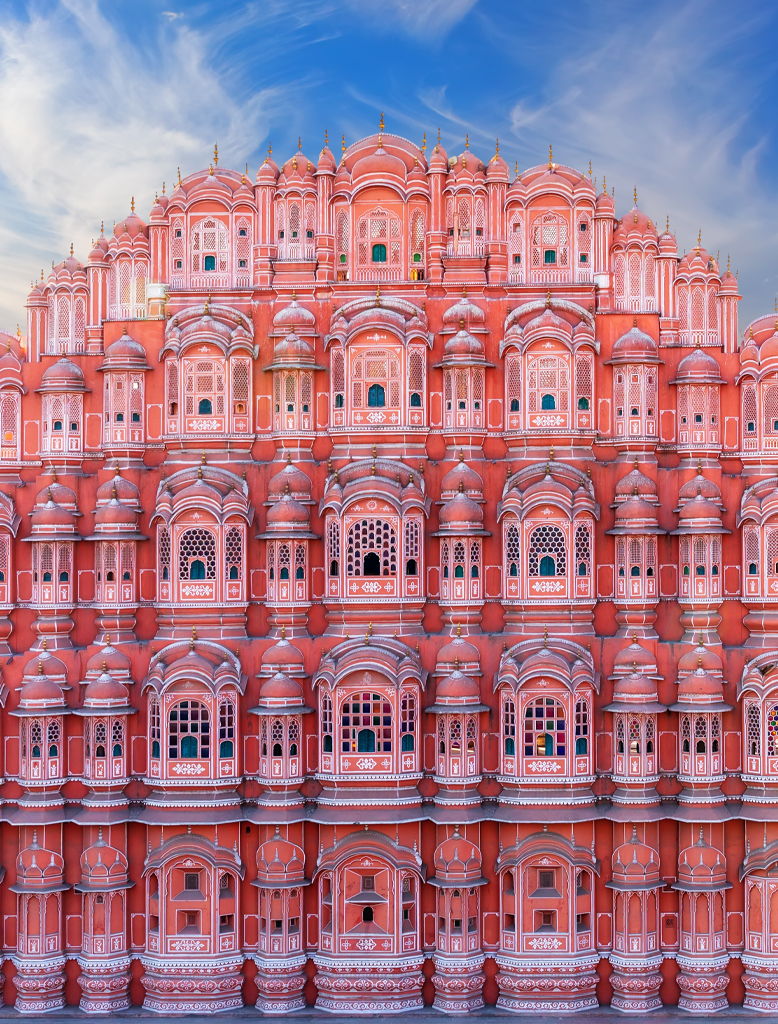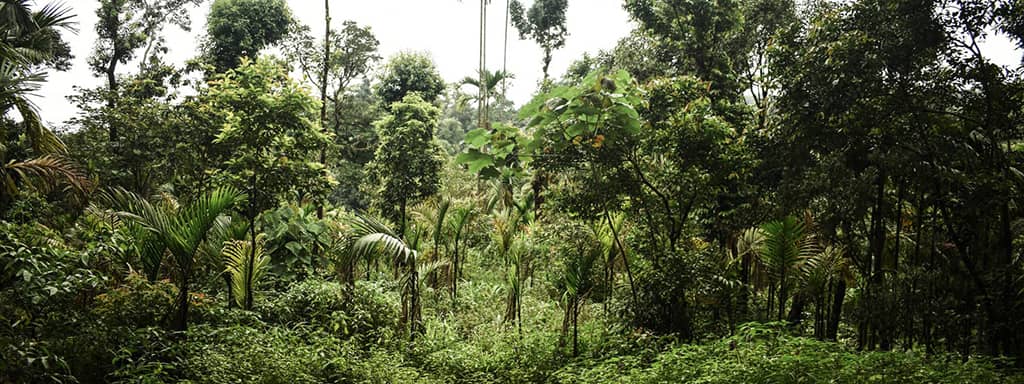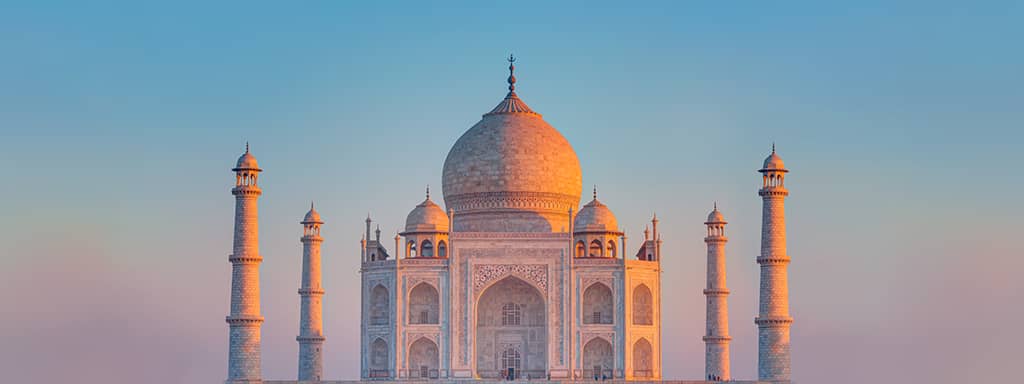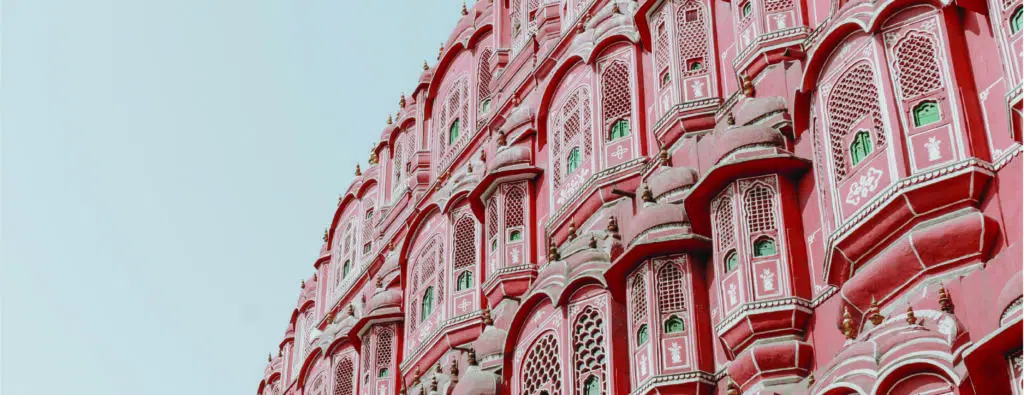Subcontinent of Splendor
INDIA
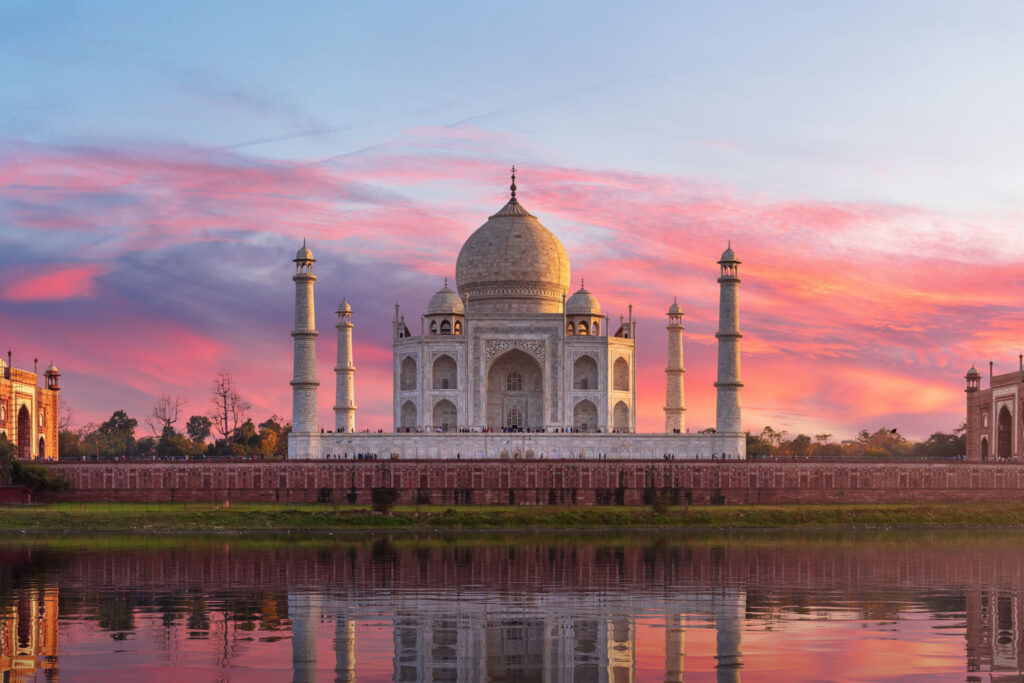
Best time to visit
Year Round
Capital
Delhi
Airport
DEL , BOM, MAA

INDIA
India’s vastness is awe-inspiring. Stretching from the snow-capped Himalaya in the north to balmy southern beaches, it connects western neighbors with Southeast Asia. The seas that border this immense republic have served as vital trade routes for millennia, fostering a land of dramatically diverse states, peoples, and cultures.
Evidence of its rich history stretches back an astonishing 80,000 years. The monumental Indus Valley Civilization, flourishing around 2500 BC alongside ancient Egypt, stands as the first urban culture of South Asia. Empires have risen and fallen, leaving their mark on the landscape in the form of astonishing temples that grace the former capitals.
India is a true cradle of civilization. It has birthed a multitude of religions, from the foundational philosophies of Hinduism to practices like Dharma and Yoga. The country boasts scores of languages and dialects, with 22 officially recognized in its constitution.
The mighty Himalaya shield India from the harsh Central Asian winds, creating a land of diverse climates. From the alpine mountains to the tropical southwest, the arid Thar Desert to the subtropical east, India offers a stunning range of ecosystems. Seasonal monsoons nourish the land, transforming the lush countryside into a haven for wildlife. Safaris can bring you face-to-face with magnificent creatures like the Royal Bengal Tiger, the Indian Rhino, and the Indian Elephant.
Nomadic Expeditions, with decades of expertise, invites you to experience this incredible tapestry of cultures. As Condé Nast Traveler’s “India and Himalaya Specialist” for over a decade, our Director of Operations, Sanjay Saxena, has been leading journeys through his homeland and beyond since 1979. Guided by India’s foremost experts, your tour will be a seamless adventure filled with mesmerizing discoveries.
Imagine trekking the Indian Himalaya and witnessing the panoramic vistas of Annapurna and Kanchenjunga. Explore ancient forts, remote monasteries, pastel palaces, and intricately carved temples. Marvel at the sun setting against the white marble Taj Mahal. Sip fresh tea on the Darjeeling hilltop estates. Immerse yourself in the vibrant energy of Old Delhi’s bazaars. Stroll along the serene beaches of the Arabian Sea and Bay of Bengal. Witness the exuberant celebrations of the sprawling Pushkar and Nagaur Camel Fairs, and the riotous joy of Holi, the festival of colors.
India awaits, a realm of extraordinary charm and vitality.
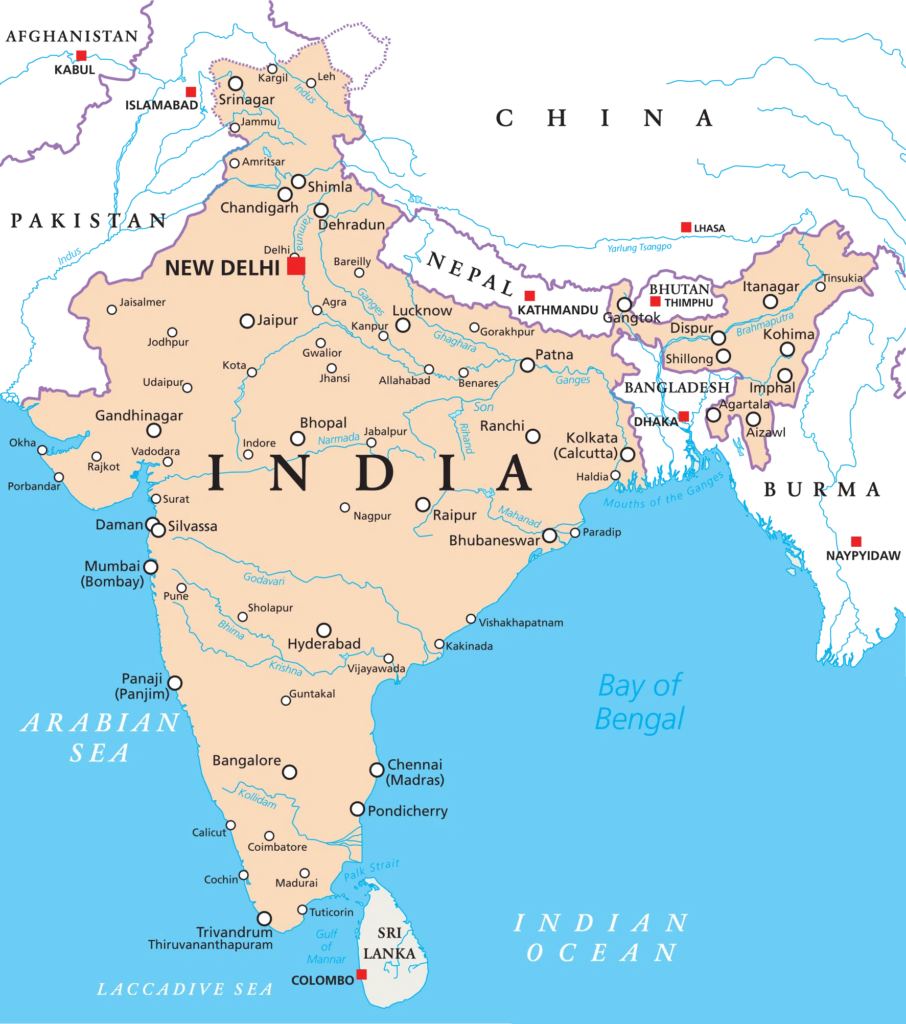
COUNTRY / LOCATION
VISA REQUIREMENTS
LANGUAGES SPOKEN
WEATHER
CURRENCY
EXPLORE OUR INDIA
Group Journey
JANUARY - APRIL
India Tiger Safari
Explore India’s natural treasures on this wildlife-focused tour, where you’ll encounter majestic Royal Bengal Tigers in Panna, Bandavgarh, and Kanha National Parks—inspiring landscapes that blend ancient temples, abandoned forts, and vibrant wildlife captured in Rudyard Kipling’s timeless tales.
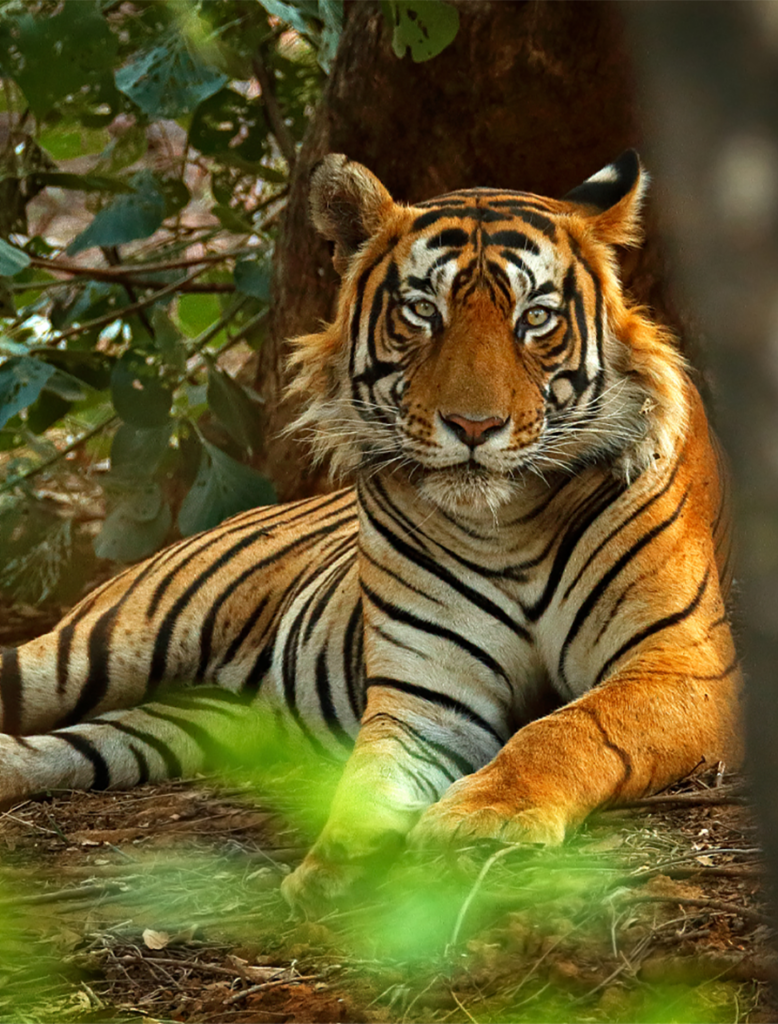
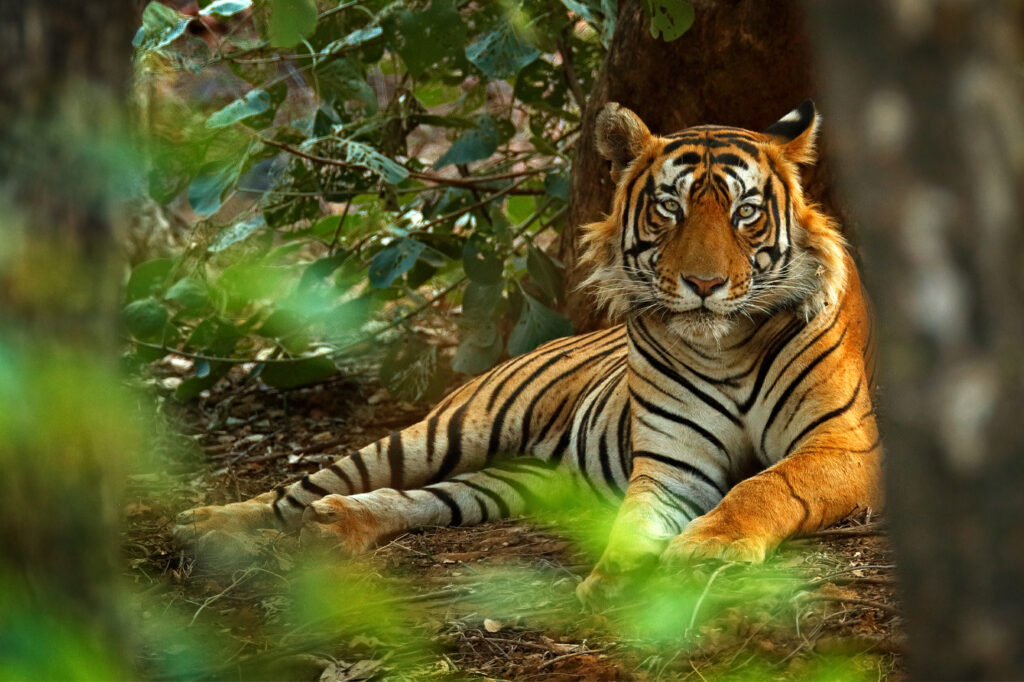
EXPLORE OUR INDIA
FEATURED JOURNEY
Embark on a captivating journey through Rajasthan, where you’ll explore Delhi’s ancient mosques and Raj-era splendor before venturing to serene Narlai villages and the intricately carved temples of Ranakpur. Discover Jawai Bandh’s wild heart, where leopards roam amidst the Rabari tribe’s peaceful coexistence with nature. Wander Jaisalmer’s golden city, where desert winds whisper through ancient forts and havelis. Immerse yourself in the Bishnoi villages’ reverence for life, culminating in a return to Delhi’s vibrant mosaic. Throughout, the Rajasthani people, still as proud and independent as ever, warmly welcome visitors to their homeland—a journey promising an unforgettable tapestry of experiences in India’s enchanting realm.
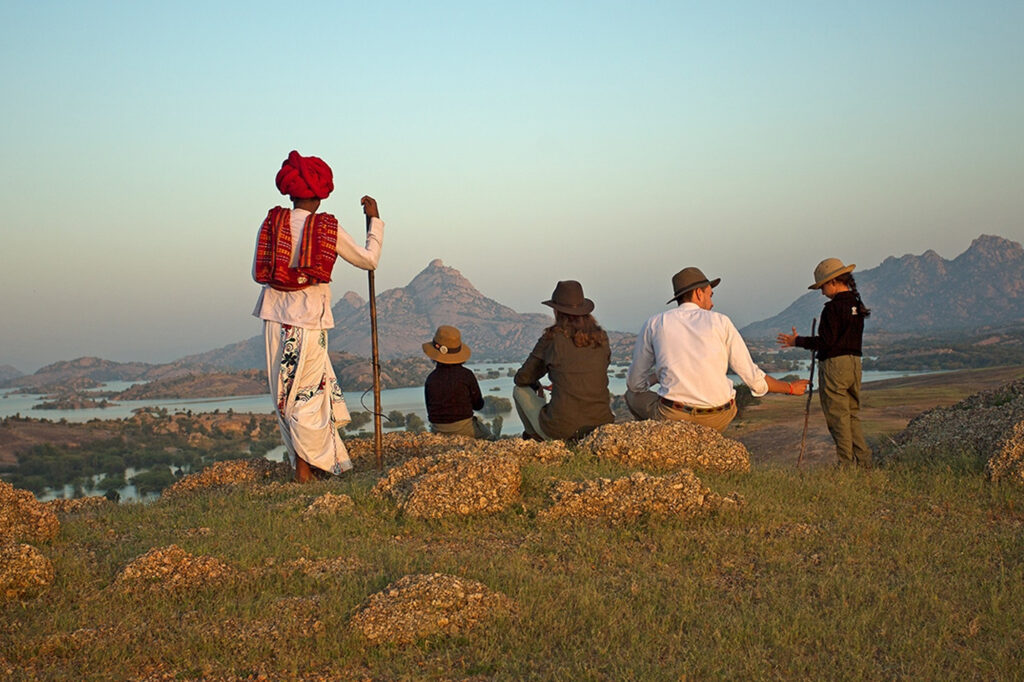
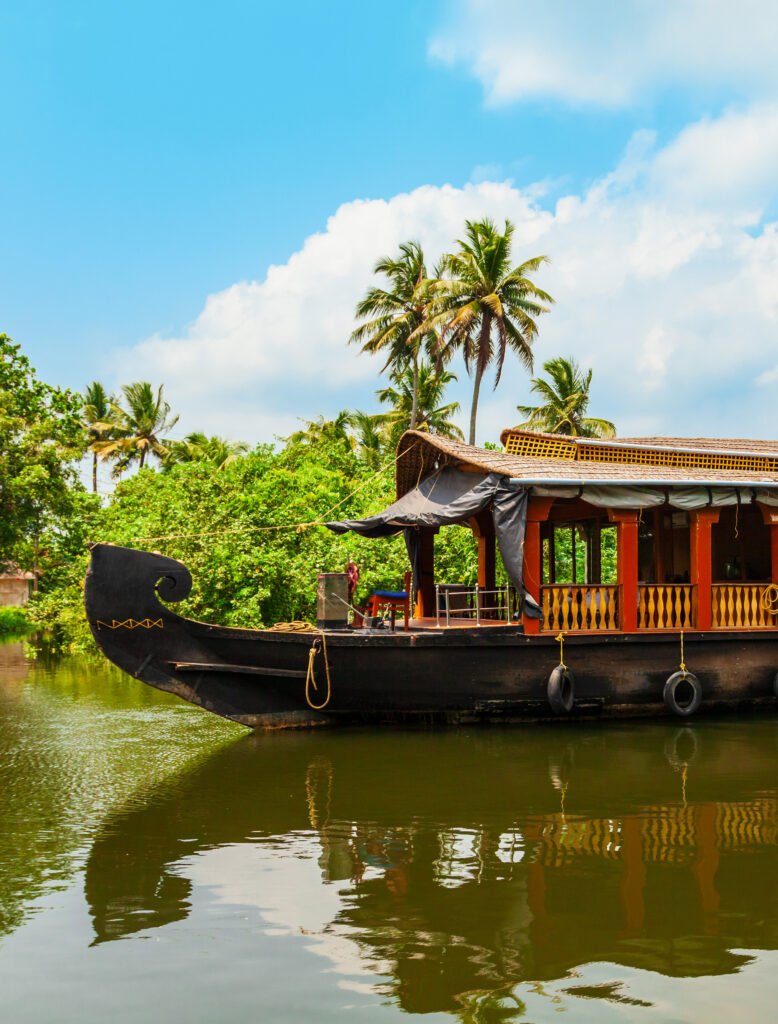
PRIVATE | SPRING - FALL
Experience the rich tapestry of South India’s ancient cities, vibrant temple towns, and lush landscapes, where history unfolds through magnificent temples, bustling bazaars, and tranquil backwaters.
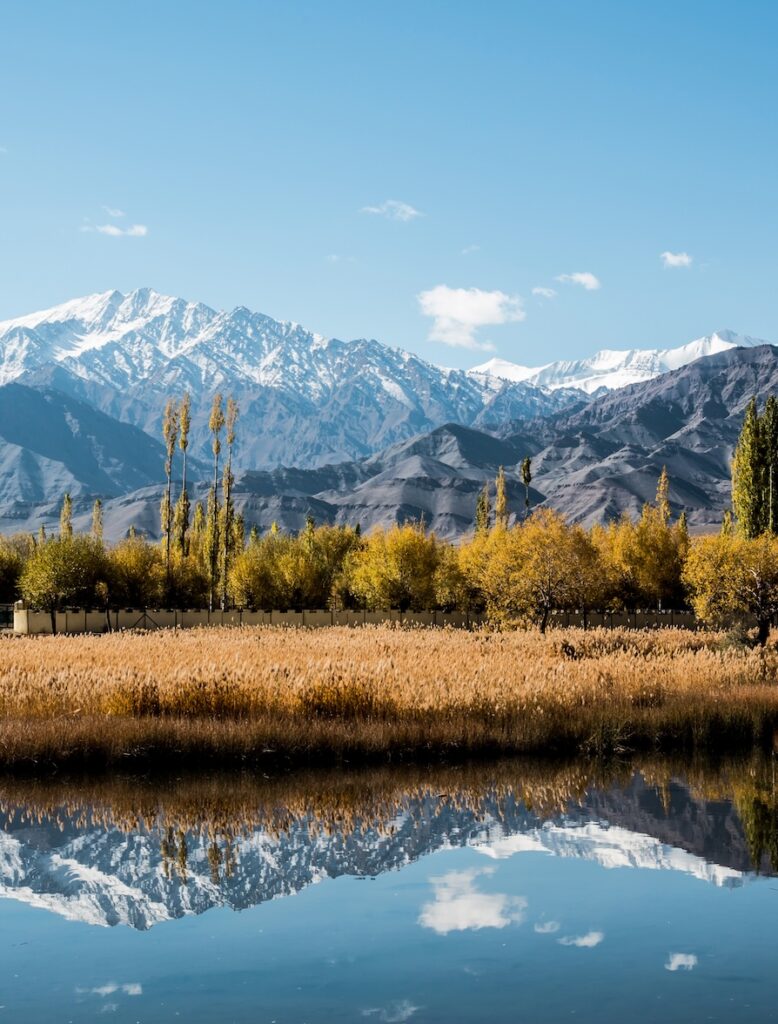
PRIVATE | MAY - OCTOBER
Ladakh Unveiled
Embark on a breathtaking journey through Ladakh, where ancient Tibetan Buddhist culture thrives amidst the awe-inspiring Himalayan and Karakoram ranges, beginning with the vibrant chaos of Old Delhi and culminating in the serene beauty of Leh, perched at 11,400 feet amid bustling market streets and historic monasteries dotting the landscape.
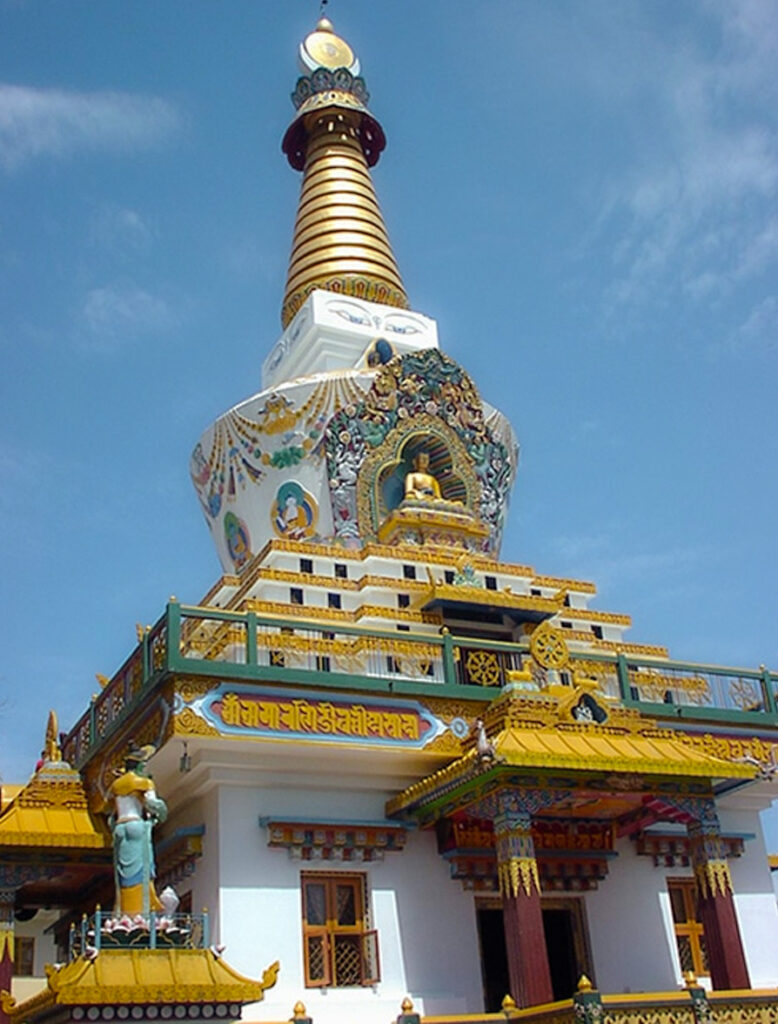
PRIVATE | YEAR-ROUND
Touring the Himalayan foothills of Sikkim, this private journey knits together an exquisite combination of cultural rarities and breathtaking scenery.
PRIVATE | OCTOBER - APRIL
Classic India
This private journey immerses you in India’s vibrant and intoxicating experiences. Explore Jaipur’s “Pink City,” witness a sunrise over the Taj Mahal, and marvel at the intricate Agra Fort. Wander the exotic bazaars of Old Delhi and visit stunning Hindu temples. Experience the rustic beauty of rural India at the Clement Dune eco-lodge, where you’ll encounter traditional tribal life and warm hospitality. Discover the rich tapestry of languages, religions, and cultures that make India a must-visit destination.

PRIVATE | MAY - OCTOBER
Ladakh Unveiled
Embark on a breathtaking journey through Ladakh, where ancient Tibetan Buddhist culture thrives amidst the awe-inspiring Himalayan and Karakoram ranges, beginning with the vibrant chaos of Old Delhi and culminating in the serene beauty of Leh, perched at 11,400 feet amid bustling market streets and historic monasteries dotting the landscape.

PRIVATE | YEAR-ROUND
Touring the Himalayan foothills of Sikkim, this private journey knits together an exquisite combination of cultural rarities and breathtaking scenery.
PRIVATE | MAY - OCTOBER
Bound by two of the world’s highest mountain ranges: Himalaya to the south and Karakoram to the north, Ladakh sits on the western edge of the Tibetan Plateau, at an average altitude of 10,000 feet.
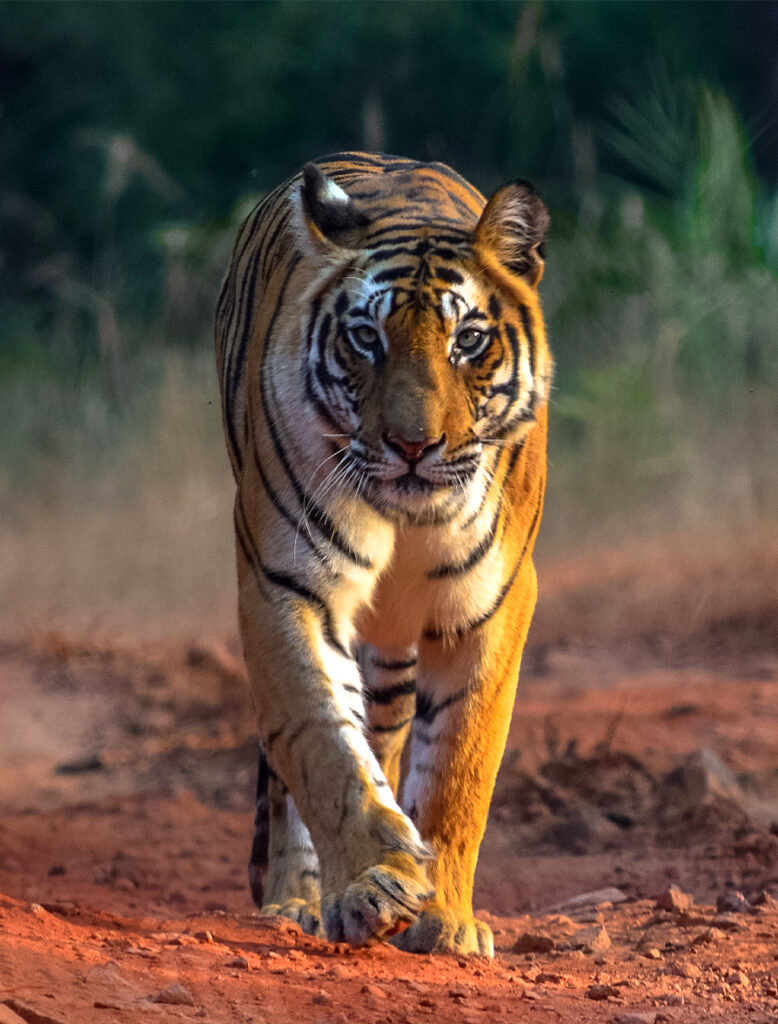
PRIVATE | JANUARY - APRIL
India Tiger Safari
India’s jewels are the parks, palaces, temples, bazaars and, of course, the wild animals which define her exotic past. On this wildlife focused tour we visit Panna, Bandavgarh and Kanha National Parks
TESTIMONIAL
“Overall we had a terrific adventure and we came home with many fond memories and no significant issues. It always felt like there were layers of people taking care of us which made us able to relax and just enjoy the trip without worrying about safety or logistics–what a pleasure! If we travel to any of the above locations (and I hope we will!), we will absolutely be in touch with you again. Thank you for everything you did to make our trip so memorable.”
– Maria L.

